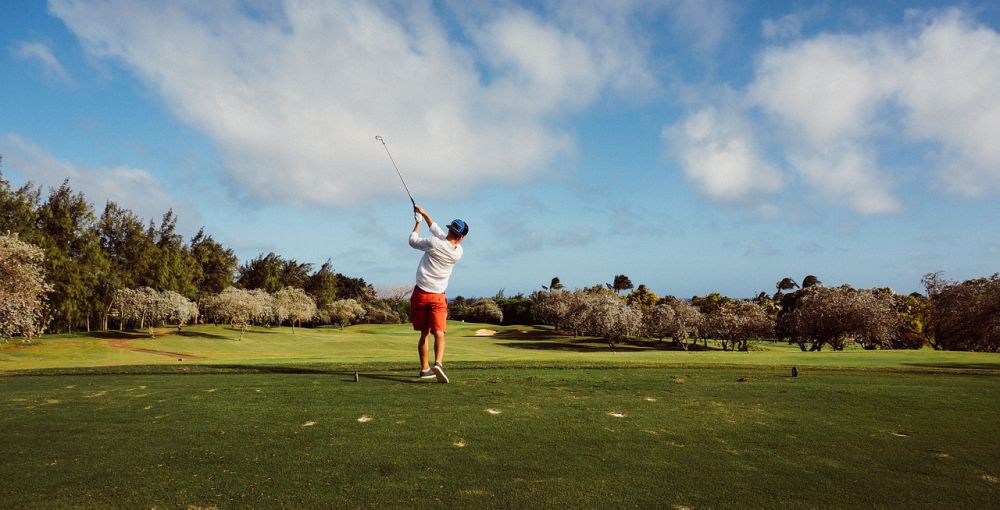Scotland Golf: A Comprehensive Overview of the National Sport

Introduction
Scotland, known as the birthplace of golf, has a rich history and deep connection to the sport. Renowned for its breathtaking landscapes, challenging courses, and famous golfers, Scotland offers a unique golfing experience. In this article, we will provide a detailed exploration of Scotland golf, including its various types, popularity, quantitative measurements, differences between courses, and a historical analysis of its pros and cons.
Scotland Golf: An Immersive Experience

Scotland golf offers an immersive experience for golf enthusiasts, with its diverse range of courses catering to all skill levels. From world-class championship courses to traditional links and hidden gems, Scotland has something for every golfer. The country boasts over 550 courses, making it a golfer’s paradise.
Types of Scotland Golf
Scotland golf encompasses various types of courses, each with its own distinct characteristics. The most popular types include championship courses, links courses, inland courses, and parkland courses.
Championship courses: These courses are designed to challenge the world’s best golfers and often host prestigious tournaments, including The Open Championship. St Andrews, Royal Troon, and Muirfield are among the legendary championship courses in Scotland.
Links courses: Links golf is synonymous with Scotland, characterized by its coastal location, unpredictable weather, undulating fairways, and deep bunkers. It offers a unique and thrilling golfing experience with stunning views of the sea. Carnoustie, Royal Dornoch, and Turnberry are renowned links courses.
Inland courses: Located away from the coast, inland courses showcase Scotland’s diverse landscapes. They often feature rolling hills, dense forests, and picturesque scenery. Gleneagles, Loch Lomond, and Kingussie Golf Club are notable inland courses.
Parkland courses: Parkland courses are set within scenic parks and woodlands, offering a tranquil and peaceful golfing experience. They are typically characterized by tree-lined fairways, manicured greens, and strategically placed hazards. Some popular parkland courses in Scotland include Glasgow Gailes, Nairn, and Blairgowrie.
Quantitative Measurements of Scotland Golf
To evaluate the popularity and significance of Scotland golf, quantitative measurements play a vital role. Scotland attracts millions of golfers each year, contributing significantly to the country’s economy. In 2019, Scotland welcomed approximately 244,000 overseas golf visitors who generated 338 million in revenue.
Moreover, the Scotland Golf Impact Report of 2020 revealed that golf tourism in Scotland supports over 8,400 jobs and generates a total economic impact of 466 million. These statistics highlight the immense appeal and economic value of Scotland’s golfing industry.
Differences between Scotland Golf Courses
Scotland’s golf courses vary greatly in terms of layout, design, and challenges they present to players. Links courses, with their undulating fairways and unpredictable coastal winds, demand strategic thinking and precision. Inland courses often offer more forgiving fairways and stunning vistas, providing a different golfing experience altogether.
Additionally, the choice of grass used on the courses can significantly impact the gameplay. Some courses have bentgrass greens, providing a faster and smoother surface, while others have fescue or poa annua, introducing more variability in the ball’s roll.
Historical Analysis of Scotland Golf
Scotland’s golfing heritage can be traced back several centuries, with the game evolving significantly over time. The Old Course at St Andrews, established in the 15th century, is considered the oldest golf course in the world. Golf’s historical significance in Scotland is evident through the existence of numerous ancient courses, steeped in tradition and folklore.
However, it is essential to acknowledge that the historical exclusivity and elitism associated with Scotland golf has been a subject of debate. Efforts have been made to make the sport more accessible and inclusive, allowing a wider range of individuals to experience the joy and challenges of playing golf in Scotland.
Conclusion
Scotland golf offers a unique and immersive experience for golf enthusiasts, with its diverse range of courses, stunning landscapes, and rich history. Whether you prefer the challenging links courses, peaceful parklands, or championship venues, Scotland has something to offer every golfer. The quantitative measures highlight the significant impact of golf tourism on the country’s economy. As Scotland continues to evolve and make the sport more accessible, the future of Scotland golf looks promising.
[INSERT VIDEO HERE]
References:
– Scotland Golf Impact Report 2020. VisitScotland.
– Scottish Golf Tourism Study 2019. KPMG.





